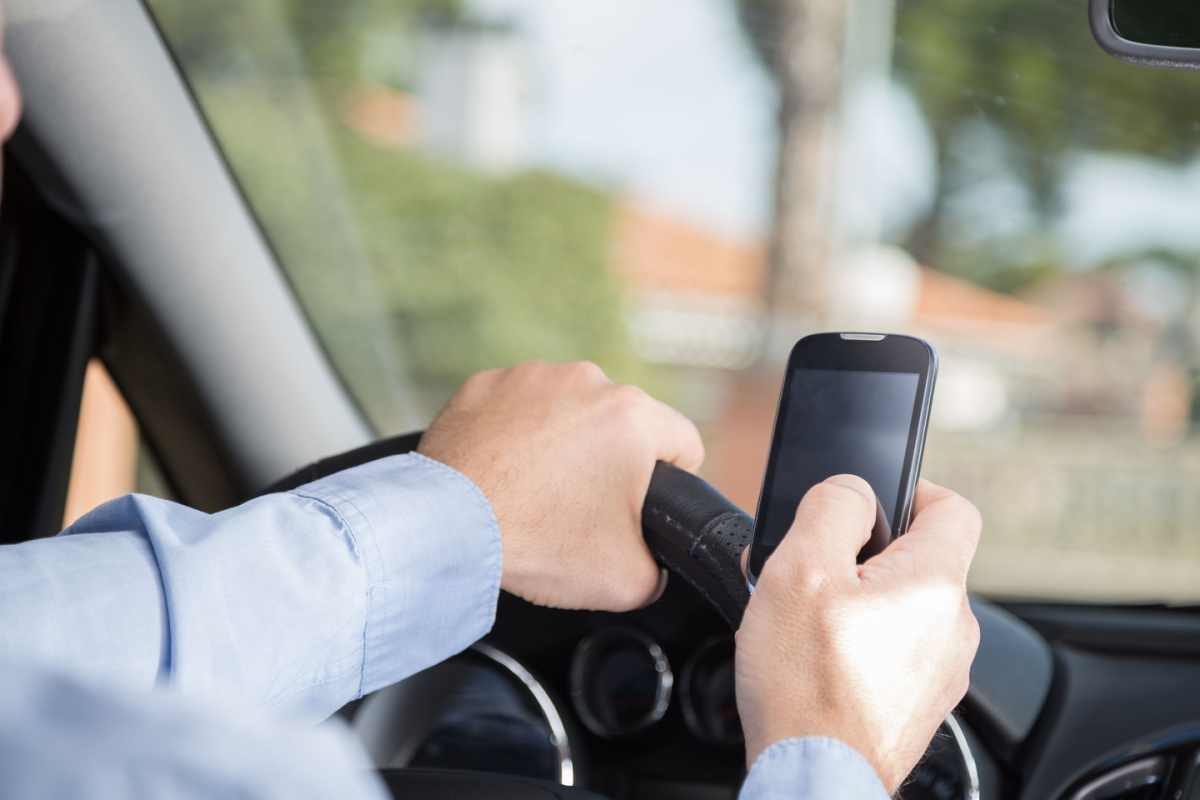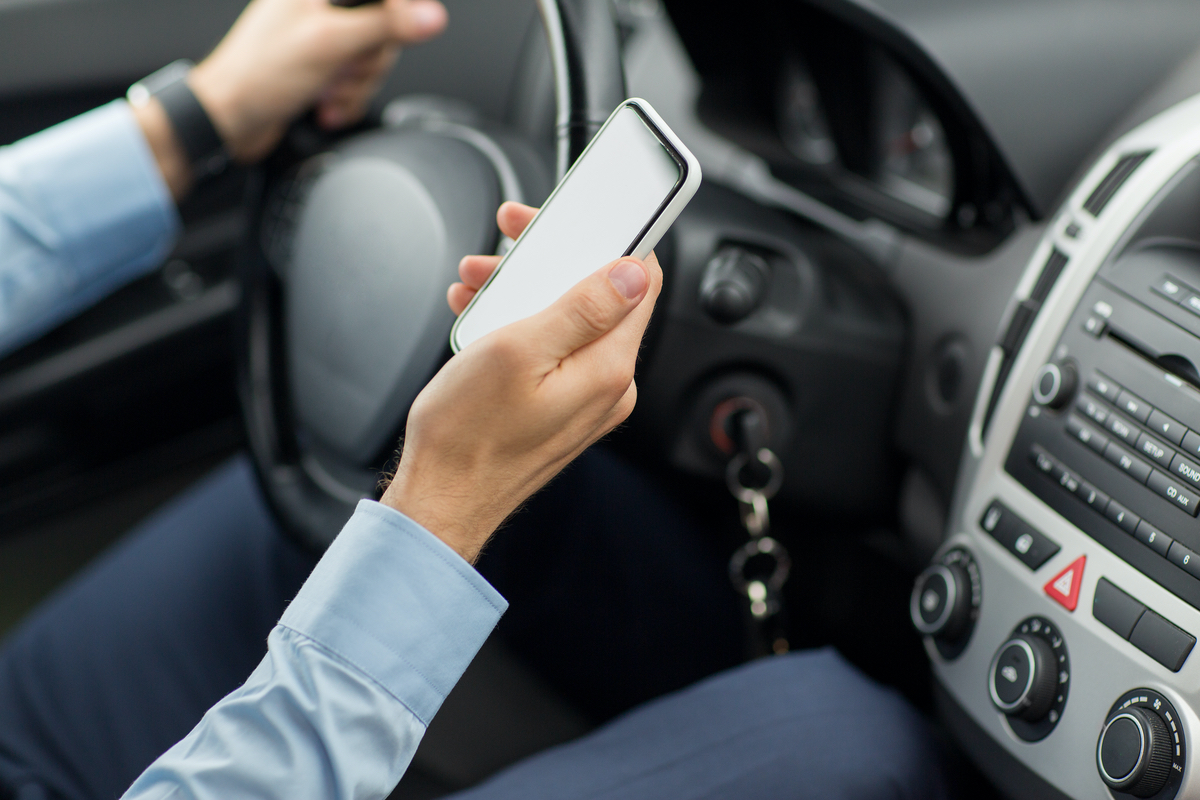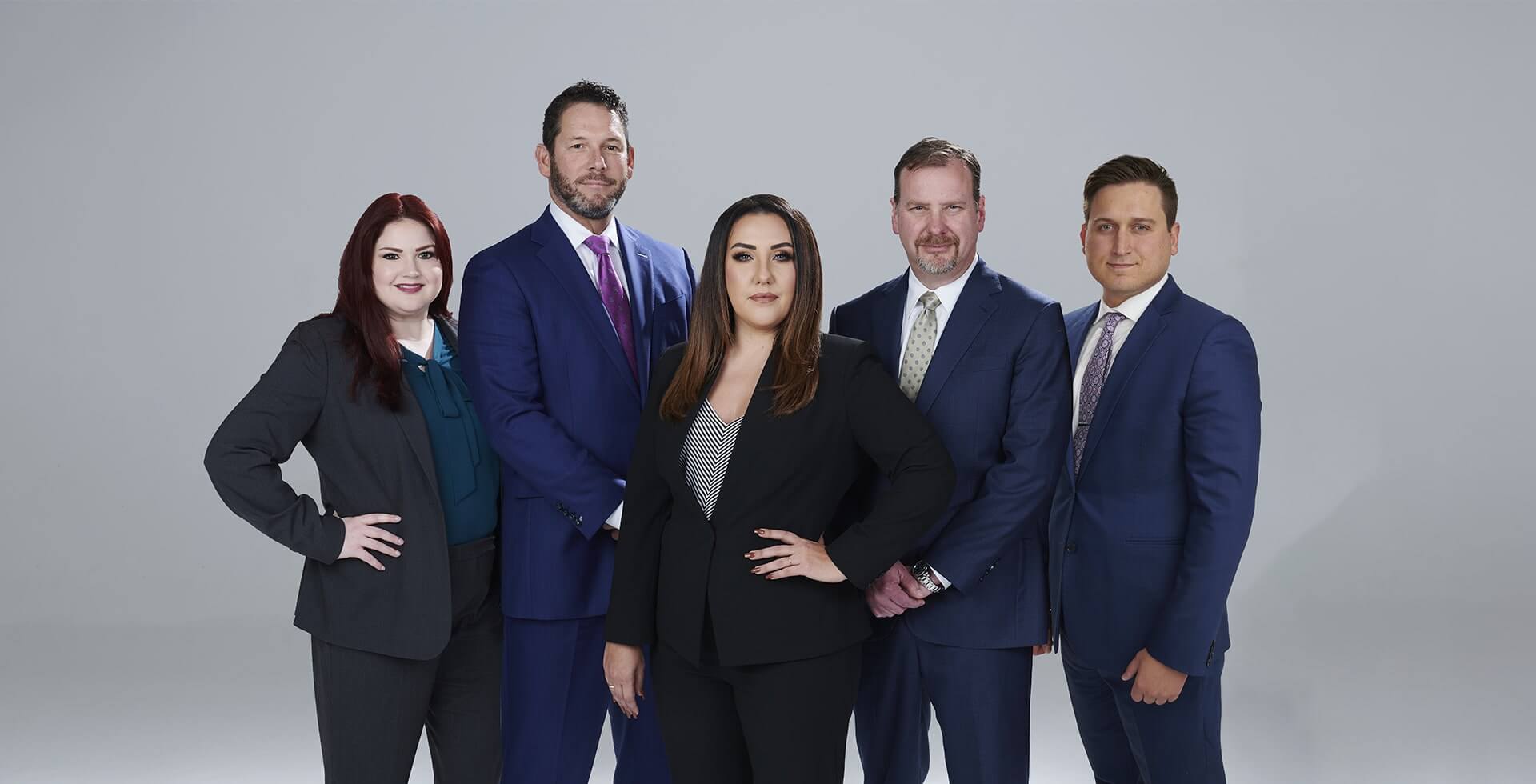
Attorney at Graves McLain Injury Lawyers
Practice Areas: Car Accidents, Medical Malpractice, Vaccine Injuries

Between 2017 and 2021, 250 drivers lost their lives and close to 8,000 were injured on Oklahoma’s highways as a result of distracted driving.
Oklahoma’s laws on distracted driving are in place to help maintain safety on the roads. The state specifically targets texting and driving, a dangerous form of distraction. In Oklahoma, it’s illegal for all drivers to use a handheld device to compose, send, or read electronic messages while driving. This isn’t just limited to text messages—it also includes emails, social media posts, and similar activities. The law applies to drivers of all ages. A violation of this law is considered a primary offense, which means a police officer can pull a driver over solely for this infraction. The aim is to encourage drivers to keep their attention on the road, not on their phones.
Oklahoma takes the issue of texting while driving very seriously, implementing strict penalties for offenders. Under state law, individuals caught texting and driving can be fined $100. But the financial burden doesn’t stop there. This violation can also lead to points on the driver’s license, potentially increasing auto insurance premiums. More importantly, it’s not just about the penalties. When drivers text and drive, they endanger not only their lives but also the lives of others on the road. A moment’s distraction can lead to accidents causing serious injuries or even fatalities. The consequence is a lasting impact on the lives of everyone involved, making it essential to remember the risk before picking up the phone while driving.
A texting while driving conviction in Oklahoma can have a significant impact on car insurance rates. Insurance companies view such convictions as a sign of risky behavior behind the wheel. As a result, they often increase premiums for drivers who have been found guilty of this offense. In some cases, rates can go up by as much as 20 to 25 percent after a texting while driving violation. This could mean hundreds of dollars more in insurance costs each year. It’s important to remember this financial consequence, along with the safety risks, before deciding to send a text while driving. The few seconds saved are simply not worth the potential cost.
Those harmed by a texting and driving incident in Oklahoma can seek compensation for their injuries. The process involves filing a personal injury claim, which can cover medical expenses, lost wages, and damages for pain and suffering. Compensation is typically sought from the at-fault party’s insurance company. However, proving that the other driver was texting at the time of the accident is often a complex task. This usually requires a detailed investigation and the use of evidence such as phone records. The aim is to show that the other driver’s distraction directly caused the accident and the resulting injuries. This process can be stressful, especially while recovering from an accident, highlighting the importance of prevention over cure.
In Oklahoma, cases involving texting and driving are taken seriously in the courtroom. Once an individual is charged with this offense, the court reviews evidence that could include traffic citations, witness testimony, and cell phone records. If found guilty, the accused faces fines and potentially even license suspension, especially in cases involving injury or loss of life. Cases can also be influenced by the severity of the accident, prior convictions, and other factors. These courtroom proceedings underscore the gravity with which the state views distracted driving. It’s not just a minor traffic violation, but a serious offense that can result in severe penalties, highlighting the need for all drivers to stay focused on the road.
Several prevention and education programs exist in Oklahoma aimed at reducing texting and driving. Many schools incorporate driver’s education programs that stress the dangers of distracted driving. These initiatives use a combination of lectures, interactive activities, and sometimes even simulator experiences to demonstrate the risks associated with texting behind the wheel. State-wide campaigns, like “Oklahoma Texting and Driving Laws,” aim to raise awareness about the laws and penalties related to texting and driving. In addition, numerous non-profit organizations host events and workshops to educate the public about this significant issue. Through these collective efforts, the goal is to instill a sense of responsibility in drivers and promote safer driving habits.
To combat the issue of texting and driving, numerous tech solutions have emerged. These range from simple apps to more advanced devices. Some smartphone apps, for instance, can disable texting functions when they detect the device is moving at a certain speed. Other apps send automated responses to incoming messages, informing the sender that the recipient is currently driving. In addition, several car manufacturers are now integrating ‘Do Not Disturb While Driving’ features into their vehicle’s infotainment systems. These tools silence incoming calls and messages, helping to minimize distractions. By leveraging these tech solutions, drivers in Oklahoma can reduce the temptation to text while driving, making the roads safer for everyone.

Staying safe on Oklahoma’s roads and avoiding the temptation to text while driving is essential. Here are some practical tips:
If you have been in a texting and driving accident, contact us or call us at 918-359-6600 today for a free consultation.

When injury victims need a law firm with a reputation for excellence, turn to Graves McLain Injury Lawyers. We are a top-rated personal injury firm determined to be the best. With decades of award-winning representation, our clients recover the compensation they need to put their lives back together.